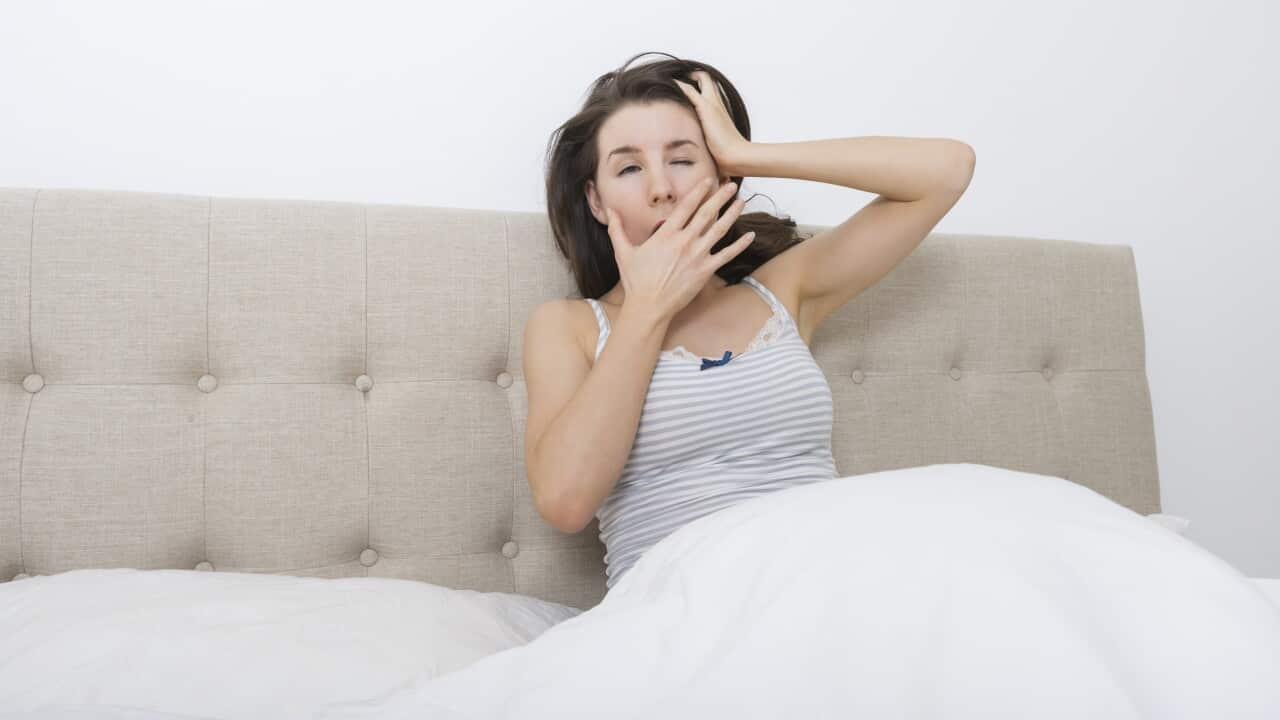Key Points
- Five capital cities in Australia are facing temperatures in the high 30s to low 40s this weekend.
- Overnight minimum temperatures are also expected to be unusually warm.
- Heatwave conditions can be particularly dangerous for older people, babies, pregnant women and homeless people.
Australians are being warned of the effects of prolonged heat exposure and how to spot the signs of heat stroke as parts of the country brace for an autumn heatwave.
The Bureau of Meteorology (BOM) has forecast temperatures in the high 30s to low 40s in five states on Saturday and Sunday.
While 473 heat-related deaths were officially reported in Australia between 2001 and 2008, a 2020 study by an Australian National University researcher found the true association could be estimated at 36,000 deaths between 2006 and 2017.
So how do you keep yourself safe in extreme heat?
What can you expect this weekend?
On Saturday, Melbourne is forecast for a 39C day, while in Adelaide it could hit 40C.
Hobart could also be unusually warm with a maximum of 33C, while in Canberra it could be as warm as 31C.
Overnight minimum temperatures are also expected to be warm for much of South Australia and Victoria, and parts of Tasmania.
Temperatures in the Top End are expected to remain warm, with a maximum of 32C.
The BOM predicts slightly milder temperatures for Sydney and Brisbane, with highs of 29C for both, while Perth is set for a maximum of 27C.
Sunday will remain warm across much of the country, with Melbourne and Adelaide both forecast for a maximum of 38C.
Milder temperatures are forecast for Hobart, with a maximum of 25C, while Canberra and Darwin could reach 32C.
Perth, Brisbane and Sydney are all expected to remain warm, with temperatures up to 29C.
Signs of heat exhaustion vs heat stroke
Exposure to high temperatures for extended periods puts the body under huge strain and can cause several heat-related illnesses ranging from dehydration to heat stroke.
Dr James Smallcombe, a research fellow in the Heat and Health Research Incubator at the University of Sydney, said it was important to know the difference between heat exhaustion and heat stroke.
"Lots of people use the word heat stroke when they actually mean heat exhaustion," he said.
Heat exhaustion symptoms develop at fairly modest temperatures and signs include feeling lethargic, having a headache or feeling a little nauseous.
In contrast, Smallcombe said heat stroke is when the core body temperature rises above 40C and is a medical emergency.
"The types of symptoms that you might experience if you've got heat stroke include feeling confused, disorientated, and feelings of agitation," he said.
"Some of the more serious things include convulsions or even finding yourself in a coma … So it really is a medical emergency that needs rapid treatment."
Smallcombe advises anyone suffering from heat stroke to rapidly cool themselves, call an ambulance and seek medical treatment.
How do you stay cool and safe?
Heatwave conditions can be particularly dangerous for vulnerable people, including those over 65, babies, young children, pregnant women and the homeless.
Smallcombe said the elderly were at greater risk because above the age of 60 we lose the ability to sweat as much, which is our most effective tool to keep cool.
He advised people to drink an extra 250ml of water per hour to replenish some of the sweat loss during sweltering days.
Simple tips to fight the heat included:
- Using water to wet the skin and cool down, including a cold spray or damp cloth.
- Using electric fans for temperatures up to 35C but said above 40C they accelerated the amount you heat up.
- If a fan is on, bump up your air conditioner to 27C as it will keep you efficiently cool and save 70 per cent of the energy used.
- Loosening or removing clothing.

Experts urge Australians to stay hydrated during periods of extreme heat, drinking 250ml more water per hour. Source: AAP
NSW Health has advised residents to avoid being outdoors during the hottest part of the day, use air conditioning if possible, avoid vigorous exercise, wear sunscreen, sunglasses and hats and stay hydrated.
Guidance on their website also suggested not using the oven during heat, avoiding travel on hot days, closing curtains to block out the sun and only opening the windows for ventilation if it's cooler than inside.










